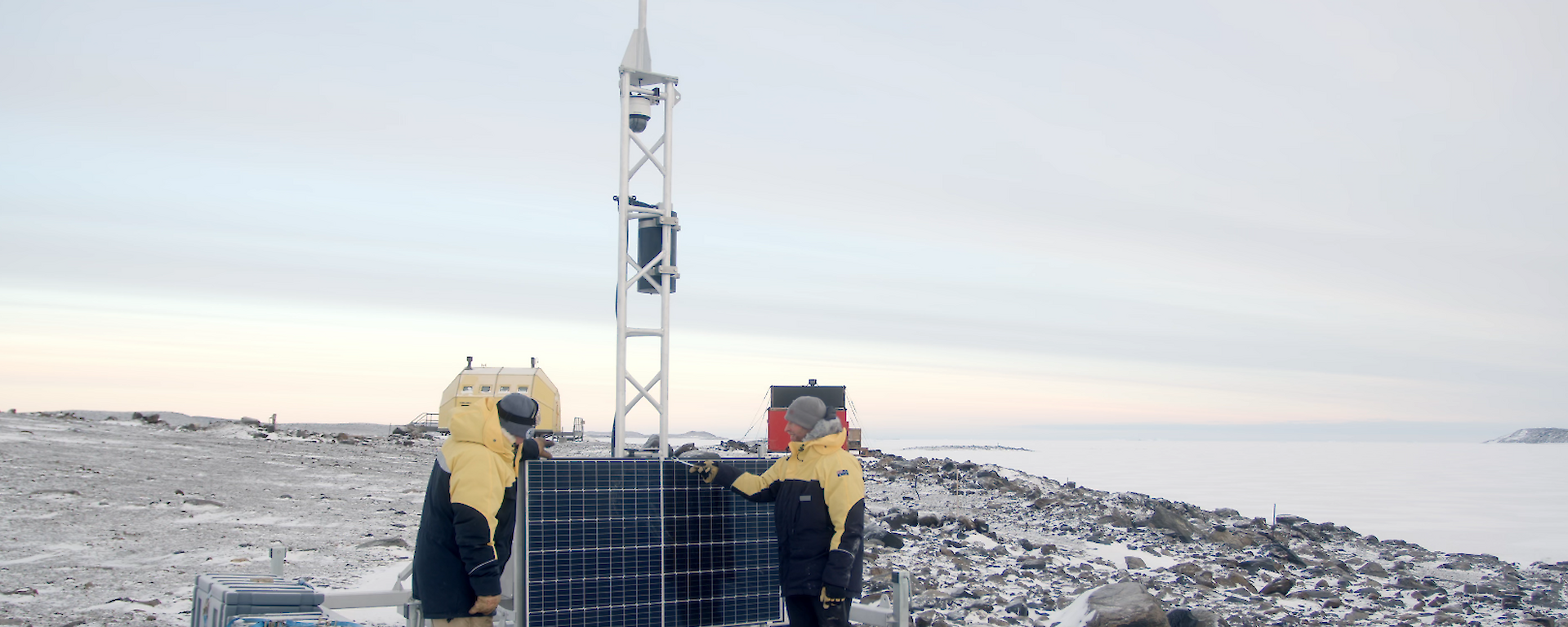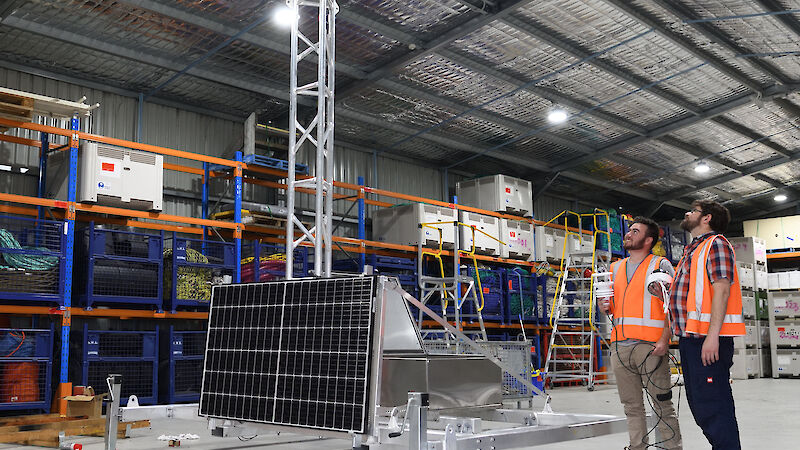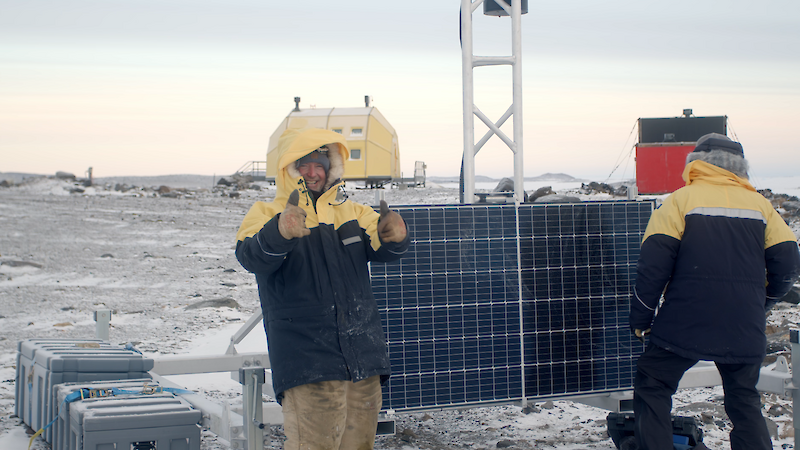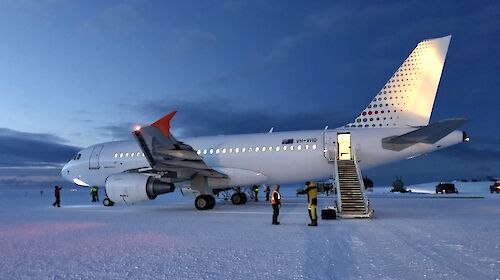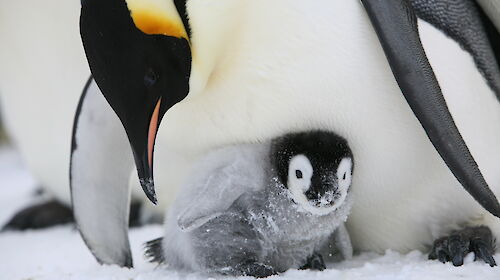AAD Polar Technology Manager Lloyd Symons said the units will collect weather data useful for climate research, such as snowfall, wind speed and temperature.
“Along with weather information, ARTEMIS can support the management and use of our remote infrastructure at field sites, to determine if or when they need maintenance,” Mr Symons said.
“The units send back imagery to the AAD headquarters via satellite regularly over summer and can be reprogrammed remotely to adjust the observing schedule as required.”
“Depending on their location, photos and video will also provide important information about local populations of seabirds and other wildlife to support Antarctic environmental monitoring.”

